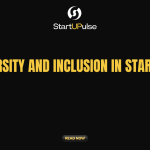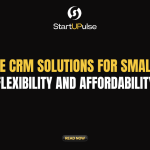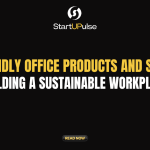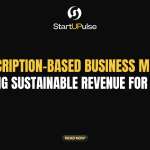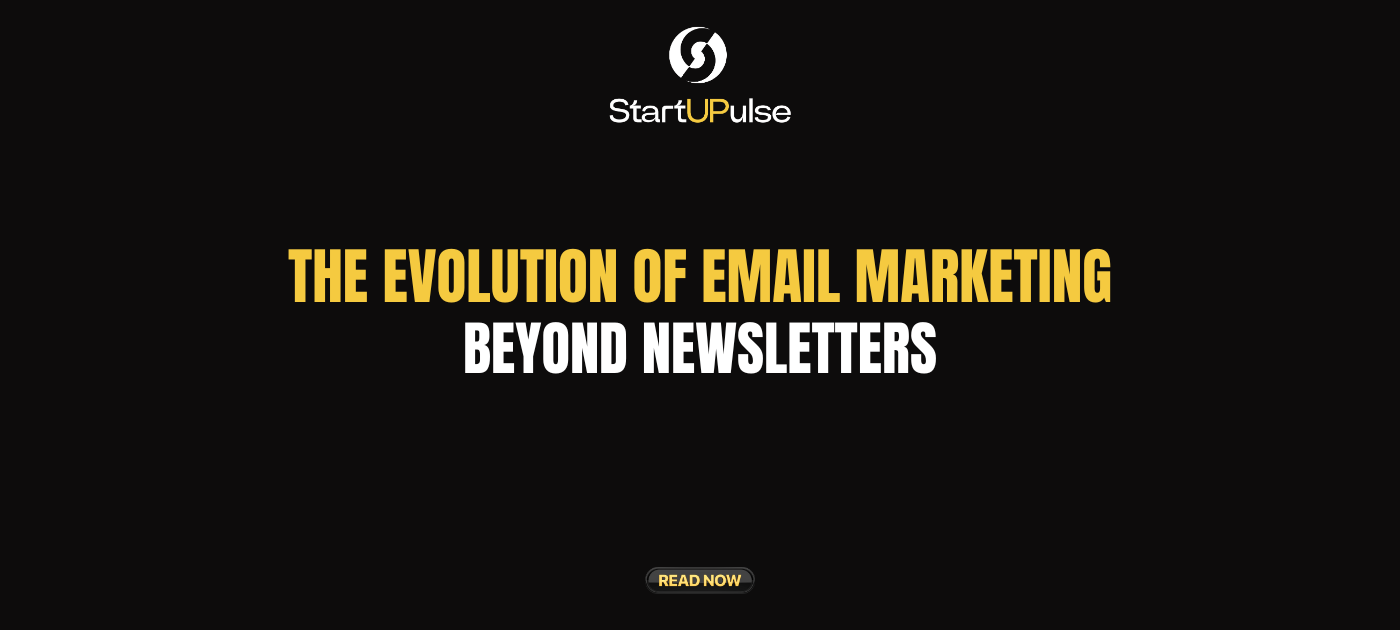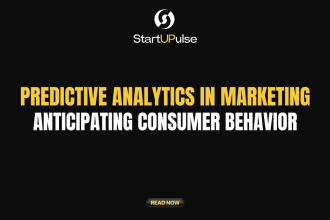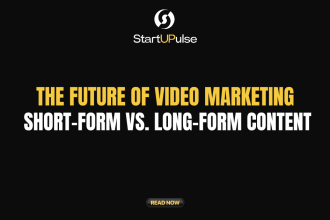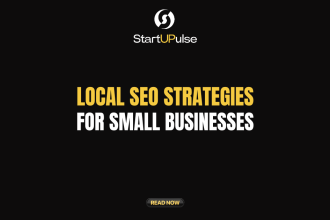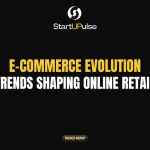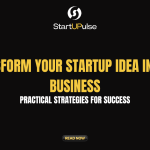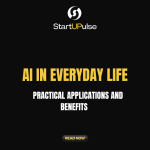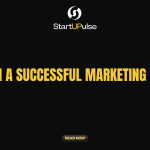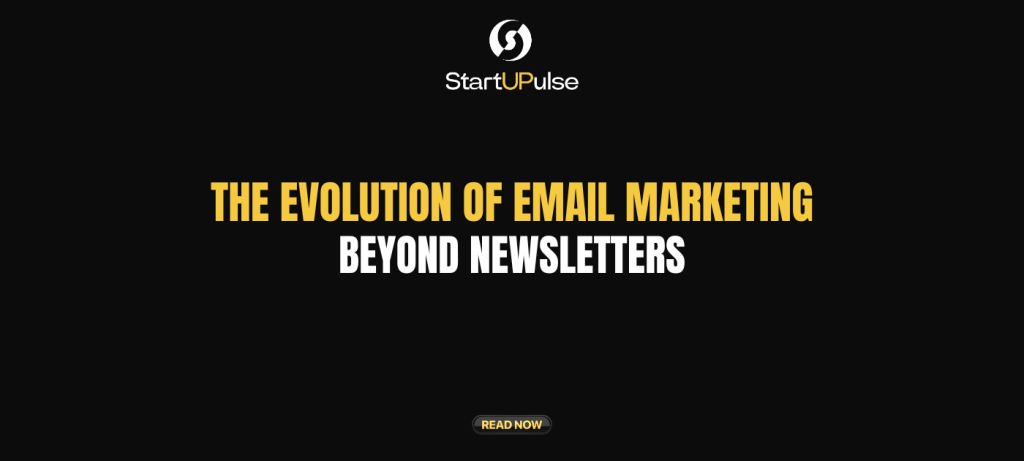
Email marketing has long been a staple in the digital marketing toolkit, evolving significantly since its inception. What began as a simple way to send newsletters has transformed into a sophisticated strategy that encompasses various formats, automation techniques, and data-driven approaches. As we navigate the digital landscape of 2024, it’s essential to understand how email marketing has evolved and the innovative strategies that businesses are employing to engage their audiences effectively.
The Early Days of Email Marketing
In the early 1990s, email marketing was rudimentary. Marketers primarily used email to send newsletters and promotional offers to a list of subscribers. The focus was on broadcasting messages to as many people as possible, often resulting in low engagement rates. This one-size-fits-all approach lacked personalization and relevance, leading to email fatigue among consumers.
The Shift Towards Personalization
As the internet matured, so did consumer expectations. In the mid-2000s, businesses began to realize the importance of personalization. By segmenting their email lists based on user behavior, demographics, and preferences, marketers could tailor their messages to resonate with specific audiences. This shift not only improved open and click-through rates but also fostered a stronger connection between brands and consumers.
Automation: The Game Changer
The introduction of automation tools revolutionized email marketing. Marketers could now automate the sending of targeted emails based on user actions, such as cart abandonment, sign-ups, or product purchases. This capability allowed businesses to deliver timely and relevant messages without manual intervention. For instance, an e-commerce site could automatically send a follow-up email to a customer who left items in their cart, reminding them to complete their purchase.
Data-Driven Strategies
The rise of big data analytics further transformed email marketing. Marketers gained access to vast amounts of data on consumer behavior, preferences, and engagement patterns. By leveraging this data, businesses could refine their email campaigns, test different subject lines, and optimize send times to maximize engagement. A/B testing became a common practice, enabling marketers to experiment with various elements of their emails and improve overall performance.
Interactive and Dynamic Content
In recent years, the incorporation of interactive and dynamic content into email marketing has gained traction. Marketers are now using elements such as polls, quizzes, GIFs, and embedded videos to create engaging experiences for their subscribers. These interactive features not only capture attention but also encourage recipients to spend more time engaging with the content, leading to higher conversion rates.
The Rise of Mobile Optimization
With the growing prevalence of smartphones, mobile optimization became a necessity for email marketing success. Marketers quickly learned that a significant portion of their audience accessed emails on mobile devices. Designing emails that are responsive and visually appealing on smaller screens is essential for ensuring a seamless user experience. Mobile-friendly designs and concise messaging have become standard practices in modern email marketing.
Privacy and Compliance
As data privacy regulations, such as GDPR and CCPA, have come into play, email marketers must navigate a new landscape of compliance. Consumers are more aware of their data rights, and businesses must prioritize transparency and consent. This shift has prompted marketers to focus on building trust with their audiences, emphasizing permission-based marketing strategies, and delivering value through their email communications.
Future Trends in Email Marketing
- AI and Machine Learning: The integration of artificial intelligence (AI) and machine learning is set to reshape email marketing further. These technologies can analyze vast amounts of data to predict user behavior, personalize content, and optimize send times, ultimately enhancing the effectiveness of campaigns.
- Hyper-Personalization: Moving beyond basic personalization, hyper-personalization involves using data to create highly tailored experiences. This could mean recommending products based on previous purchases or creating content that aligns with a subscriber’s specific interests and needs.
- Omnichannel Integration: The future of email marketing lies in integrating various channels to create a cohesive customer experience. Brands will increasingly leverage email alongside social media, SMS, and other digital touchpoints to engage consumers consistently.
- Visual Storytelling: With the rise of visual content, email marketing will continue to focus on storytelling through eye-catching images, videos, and graphics. Engaging narratives paired with compelling visuals can create a more immersive experience for subscribers.
- Sustainability Practices: As consumers become more environmentally conscious, brands that prioritize sustainability in their email marketing practices will stand out. This could involve promoting eco-friendly products, using sustainable packaging, or highlighting corporate social responsibility initiatives.
Conclusion
Email marketing has come a long way since its early days as a simple newsletter tool. Today, it encompasses a wide array of strategies and technologies designed to engage and connect with consumers on a deeper level. As we move forward, businesses must continue to innovate and adapt to the changing landscape, leveraging data-driven insights, automation, and personalization to enhance their email marketing efforts. By doing so, they can foster stronger relationships with their audience and drive meaningful results.
Join StartUPulse for More Insights
At StartUPulse, we are committed to empowering startups and professionals with the latest trends and strategies in marketing and technology. Our community provides a platform for knowledge sharing, networking, and exploring innovative solutions to enhance your business success. Join us to connect with industry experts and stay informed about how to leverage email marketing and other strategies to propel your business forward!





